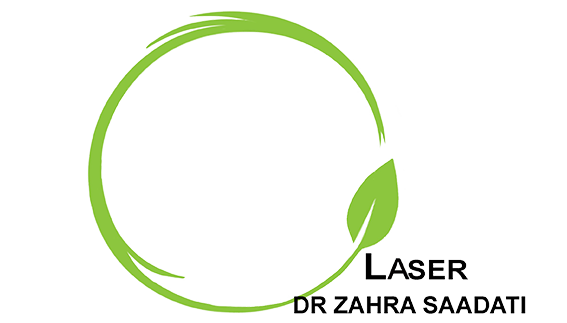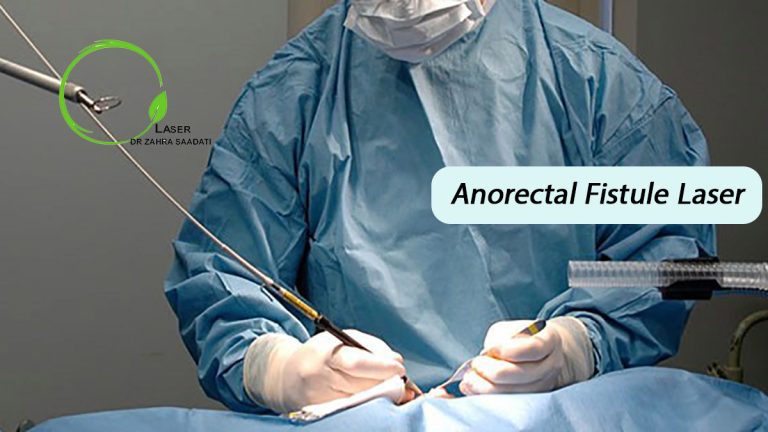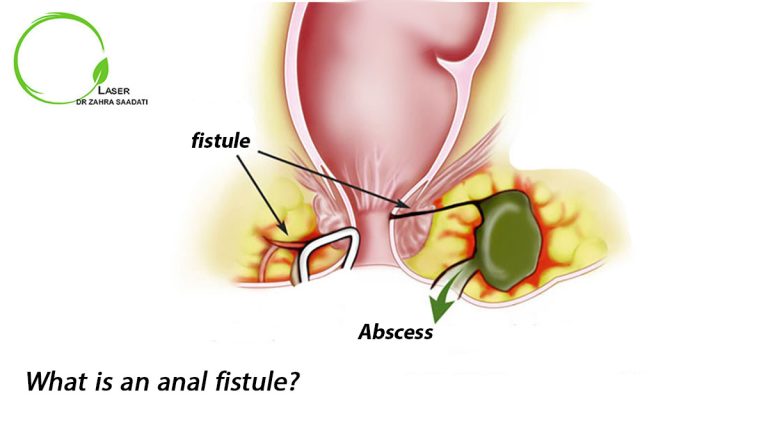Anal fistule surgery is one of the most definitive treatments for this disease. There are different methods and techniques for anal fistule surgery, one of the best of which is laser fistulotomy, if performed by an experienced and proficient general surgeon and laser surgery specialist. An anal fistule cannot be usually treated through medication, and the only way to get rid of an anal fistule is to drain the fistulous tract.
What are the advantages of anal fistule surgery?
Anal fistule surgery completely eliminates pain and infection in this area while preventing the common complications of an anal fistule. There is no alternative option for anal fistule surgery. However, patients with underlying diseases such as AIDS and immunodeficiency can try other treatments for this disease but they should note that none of these treatments can definitively improve this condition.
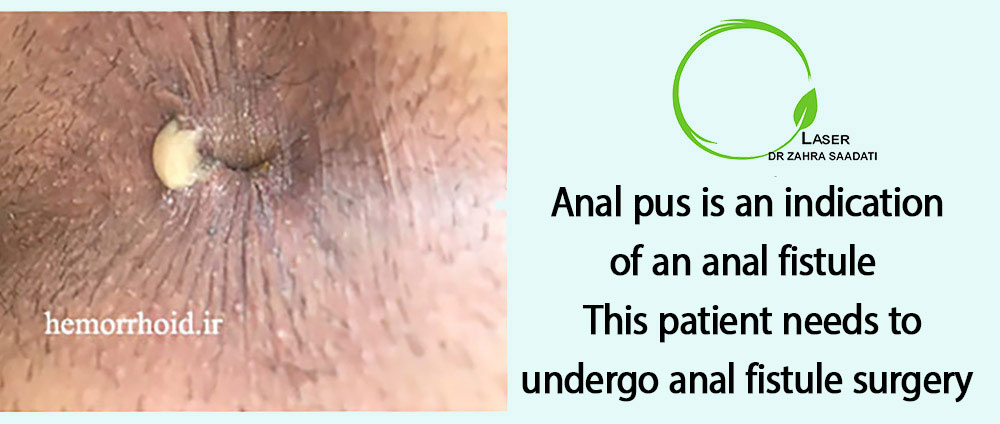
What is the procedure for anal fistule surgery?
At the discretion of the surgeon and anesthesiologist, anal fissure surgery may be performed under general, local, or spinal anesthesia. Anal fissure surgery may last about 15 to 20 minutes. It may be necessary to repeat the surgery in a few months to reduce the risk of fecal incontinence. Nevertheless, this may occur rarely after fistule surgery with a high-power laser because the surgeon can treat and eliminate all types of anal fistule in a single session. The location of fistules in the anal canal is the most important factor in selecting the surgery method.
If an anal fistule is located at the bottom of the sphincter or passes through the lower part of the sphincters, the surgeon first removes the fistule wall and then opens a path from the fistule to the skin to be regenerated by the healthy body tissues.
If an anal fistule is located above the sphincters, the surgeon places a tool called a column in the fistule tract to facilitate the discharge of pus.
The surgeon may also use a cap-like tissue, usually made of the intestinal tissue of animals; in this case, it is not necessary to make an incision in the anal sphincters.
If an anal fistule reaches above the anal sphincters, the surgeon may decide to use a technique called colostomy. A colostomy is an operation to divert one end of the colon (part of the bowel) through an opening in the tummy. However, this technique may be needed in rare cases.
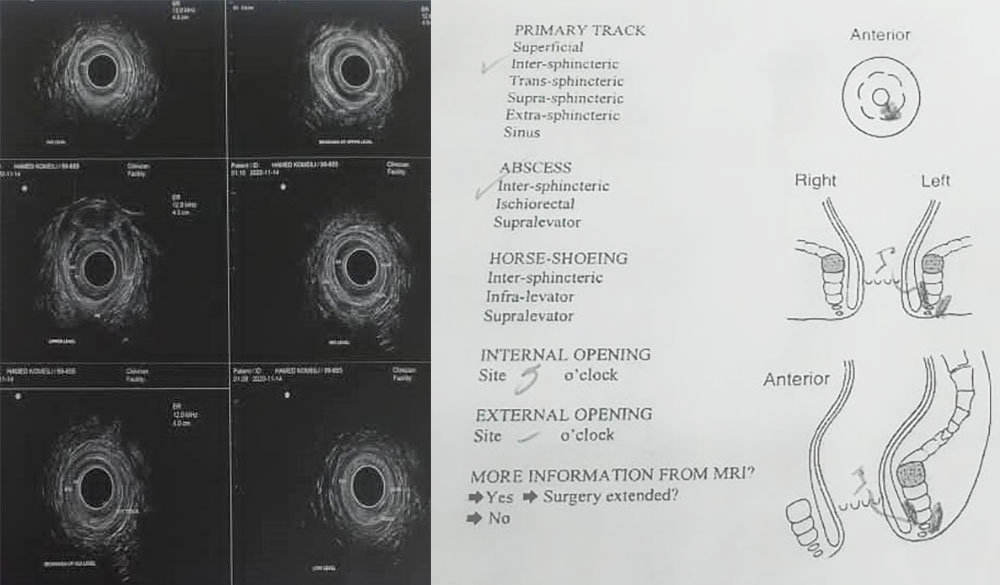
What is the best method of anal fistule surgery?
Fistulotomy with a high-power laser is the best and most efficient method of anal fistule surgery, which is used in 90% of cases. In this method, an incision is made throughout the fistule from the head to the tail. Considering the location of an anal fistule, part of Depending on the anal sphincter may be cut to allow access to the inner part of the fistule. When a path is created throughout the fistule, it is left until the content discharges and the wound heals. The fistule wound takes about 4 to 8 weeks to heal in most cases. If fistule surgery is done using a high-power laser, not only the healthy tissues are not damaged but the surgical wound will heal very quickly.
In cases where the anal fistule is more complicated or the patient is at higher risk for fecal incontinence, the surgeon may use the flap technique. In this method, part of the skin or tissue around the anus is removed and placed on the fistule to facilitate its healing.
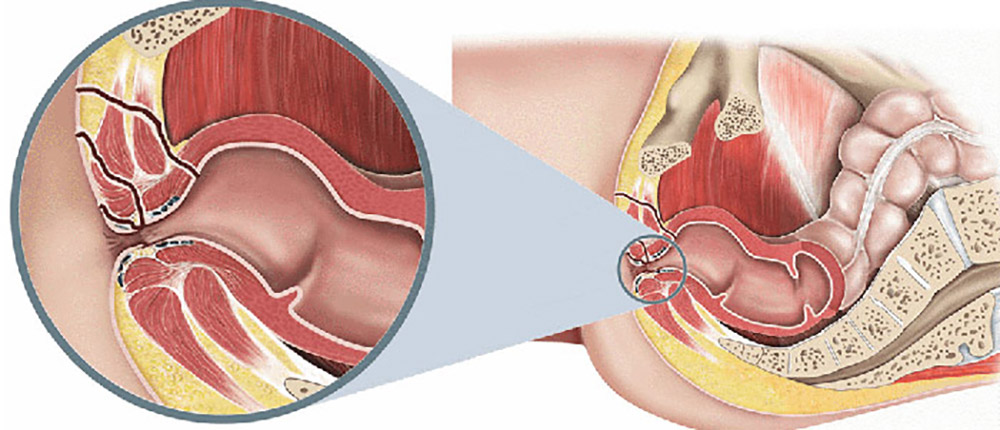
What are the complications of anal fistule surgery?
If anal fistule surgery is done using laser equipment by an experienced general surgeon and laser surgery specialist, it is possible to minimize the risk of complications.
General complications of fistule surgery are:
- pain
- bleeding
- wound scar
its specific complications include:
- difficulty with urination
- gas and fecal incontinence
- bowel incontinence
Anal Fistule Surgery Postoperative recovery
Patients who undergo fistule laser surgery can go home the same day or the next day. They need to rest for a few days and avoid walking for a long time. It takes a few weeks for the wound to heal completely, and the wound must remain closed until then. Regular exercise can help you gradually resume your normal life and daily routines. However, it is better to consult your surgeon before starting exercise.
There is a risk of recurrence of an anal fistule in some patients. It can be generally stated that anal fistules can cause pain and infection, and surgery is the only treatment for this disease. Nevertheless, fistule laser surgery considerably reduces the risk of postoperative complications.
A video of fistule laser surgery
This video shows two methods of anal fistule surgery. Before this surgery, the anal abscesses and infections should be removed using fistule columnation or laser therapy. It is noteworthy that DR. Zahra Saadati only performs fistule laser surgery and does not employ the fistule columnation. In fact, there is no need for fistule columnation in cases where laser surgery is possible.
Frequently asked questions (FAQs) about anal fistule surgery:
1-What should we eat after anal fistule surgery?
It is better to have a bowl of light and nutritious soup immediately after surgery. It is recommended to drink more water and juices from the second day to both prevent constipation and get the necessary vitamins. Getting sufficient vitamins, minerals, and fatty acids can facilitate wound healing.
2-How are the discharges after fistule surgery?
The surgeon uses threads and drains to facilitate the postoperative discharge pus. It may take 2 weeks to 2 months for pus to be completely discharged.
3-Is it possible to perform anal fistule surgery and vaginal fistule surgery at the same time?
It is possible to treat both anal and vaginal fistules in a single session using a high-power laser.
4-What are the preparations for anal fistule surgery?
The surgeon may prescribe you suppositories to clean the intestines before the operation in a way that you will not need to defecate until 24 hours after the operation. It is recommended to wear soft and comfortable clothes before going to the clinic or hospital, not take blood thinners such as aspirin and vitamin E for a week before the operation, and quit smoking.
5-How is the recovery period after anal fistule surgery?
If your operation is performed by laser or other modern equipment, you can resume your daily routines 3 to 4 days after the operation. However, you should avoid sitting for a long time. The recovery period may last up to 2 months depending on the physiological conditions of your body.
